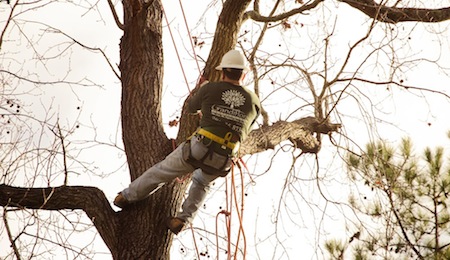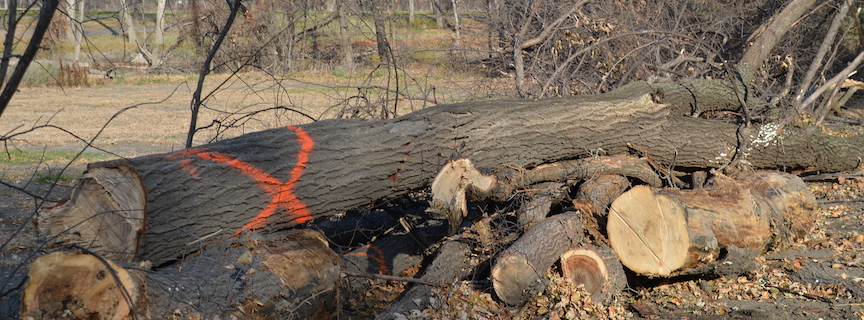 It’s about that time. The time when the temperature starts dropping, the leaves start falling, and the holidays are approaching. This is an exciting time for change because we see the earth physically changing before our eyes. Before your trees start hibernating for the winter season, make sure you get them well prepared. Follow these guidelines for fall to help keep your trees healthy:
It’s about that time. The time when the temperature starts dropping, the leaves start falling, and the holidays are approaching. This is an exciting time for change because we see the earth physically changing before our eyes. Before your trees start hibernating for the winter season, make sure you get them well prepared. Follow these guidelines for fall to help keep your trees healthy:
Fall Fertilization
When was the last time you had your trees fertilized? Fall is the perfect time to fertilize trees. The changes between the summer heat and insect activity, and the chill winter and ice capped trees means your trees go through many drastic changes during the year. These changes can cause trees to lose some of their nutrients and minerals that are important to their health. To make sure that your trees stay healthy during every season, apply a fertilizer to help improve resistance to winter damage and intense weather.
Prepared for Snow
Start preparing for colder temperatures before they arrive. Even if your trees don’t have to face the snow, they’ll still be hit with a temperature drop. If you start pruning and grooming trees now, they’ll be better able to withstand chilly winds and frosted tips. Pruning is easier in the fall since most of the leaves have already fallen, making it less heavy and easier to see the skeleton of the tree.
Keep Trees Hydrated
Trees, especially young trees, need adequate water and soil moisture during the winter. Even during the winter, roots need a significant supply of water to stay nourished. During cold temperatures, the ground can freeze, meaning that the water in the ground freezes up. When the water is frozen, roots aren’t able to absorb as much water as they need. To prevent trees from getting too thirsty, stock them up on water while they can still absorb it. This also helps prevent winter dieback.
Remove Fallen Leaves
Raking up and removing leaves from the ground reduces the amount of fungal leaf disease after winter. All debris should be removed from around the tree before the first new leaf bud in the spring. This allows the new leaves and flowers to grow without the spoilage of old leaves. Disposing of infected leaves from the previous season can help control the disease by removing spores that can re-infect the new leaves.
For help with tree care, call the professionals at Grandiflora tree service in Spring, Texas!


 We all love trees. But sometimes they can grow to an out-of-control size that can cause them to be dangerous. Just like people, trees should also have checkups. These checkups are meant to examine their health and potential hazards. These tree inspections should be done by a certified arborist who knows what to look for, and knows what a hazardous tree looks like. Here are a few symptoms of what to look for before calling your arborist:
We all love trees. But sometimes they can grow to an out-of-control size that can cause them to be dangerous. Just like people, trees should also have checkups. These checkups are meant to examine their health and potential hazards. These tree inspections should be done by a certified arborist who knows what to look for, and knows what a hazardous tree looks like. Here are a few symptoms of what to look for before calling your arborist:

